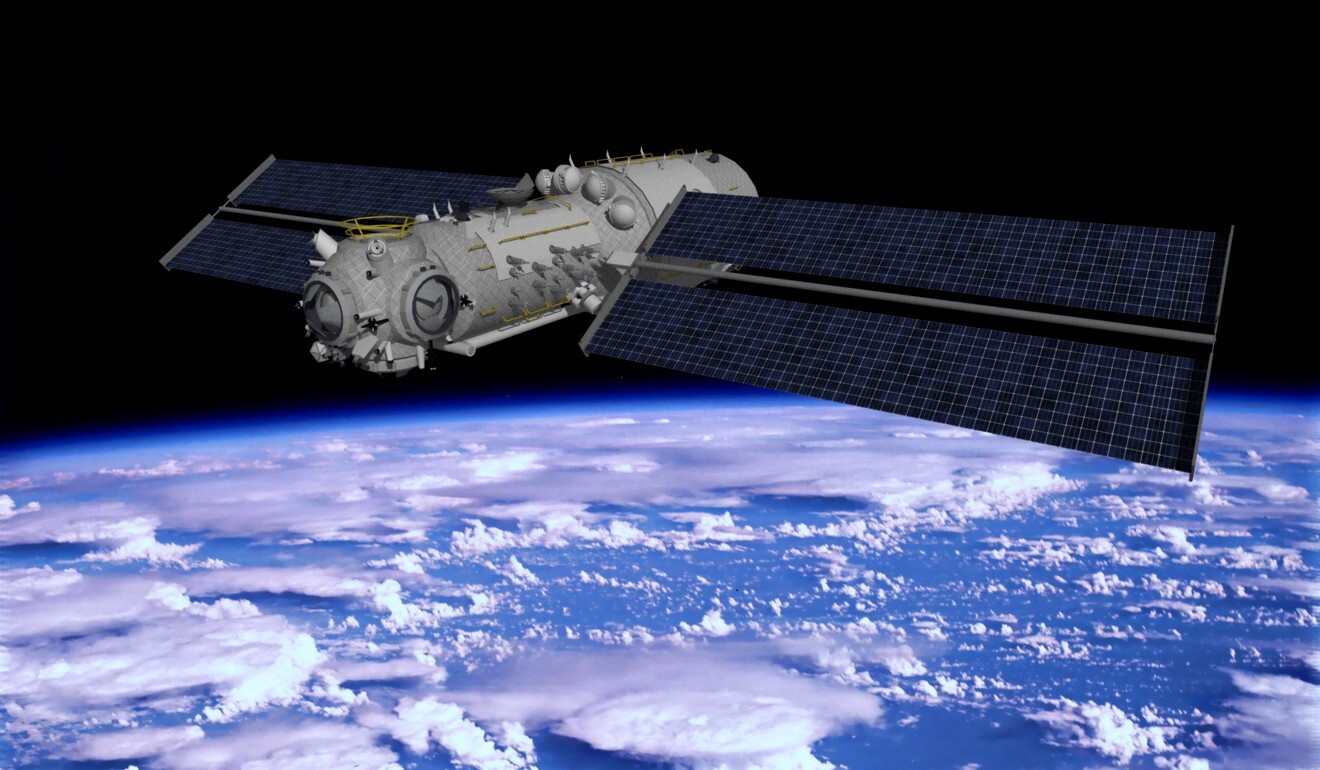
Why China’s latest space mission is having a midnight launch
- Sources involved in the mission say the timing will help Shenzhou 13 carry out a complex vertical docking manoeuvre with the Tiangong space station
- Lift-off time was chosen after multiple simulations about how to maximise the chances of success
The China Manned Space Agency announced on Thursday that the probe will lift off at 12.23am on Saturday, carrying three crew members who will spend six months on board the space station.
A source in Jiuquan satellite launch centre said this time had been chosen after multiple simulations and calculations and was designed to minimise the time spent “chasing” the space station.
The source also said that the chosen launch window should ensure its vertical approach to the core module – a more complex operation that the horizontal docking carried out last time – succeeds.

02:12
China’s Shenzhou 13 to send crew to Tiangong space station for longest space mission yet
He said the launch will happen when the space station is passing over the Jiuquan launch site to achieve maximum fuel efficiency.
The docking manoeuvre is also more complicated than that carried out by the previous mission, Shenzhou 12, because it needs a lower flight path to dock with the Tianhe core module from below.
The source added, “It is a lot trickier than docking from the front or the back because Shenzhou 13 will have to adjust its trajectory, speed and orientation at the same time.”
China is sending 3 astronauts into orbit. Who and what is now in space?
Last month Xie Yongchun, from the Control and Propulsion Institute of China’s Aerospace Science and Technology Group, told state broadcaster CCTV this simulation helped check whether the docking sensors were working correctly.

Professor Quentin Parker, head of the Laboratory for Space Research at the University of Hong Kong, said a successful vertical docking would be a sign China is catching up with other space powers.
He said the International Space Station is more “mature” because “it has a lot more modules docked in all different positions. But China is verifying its technologies step by step”.

